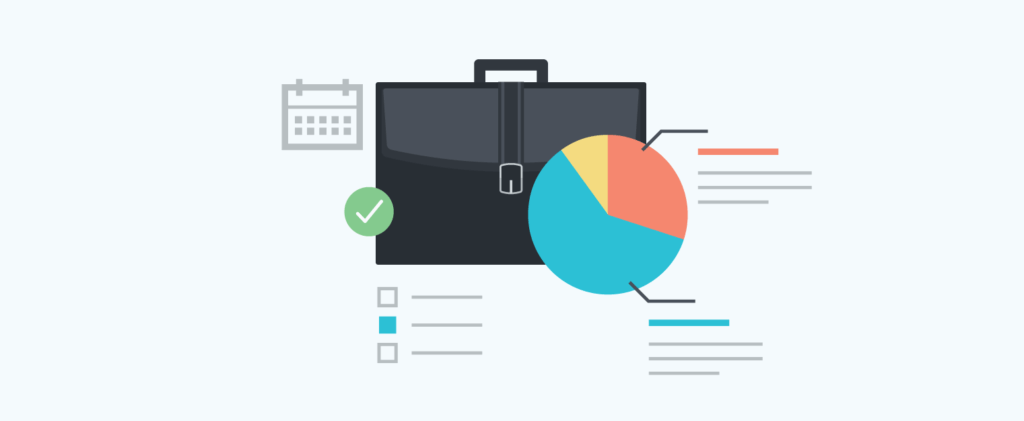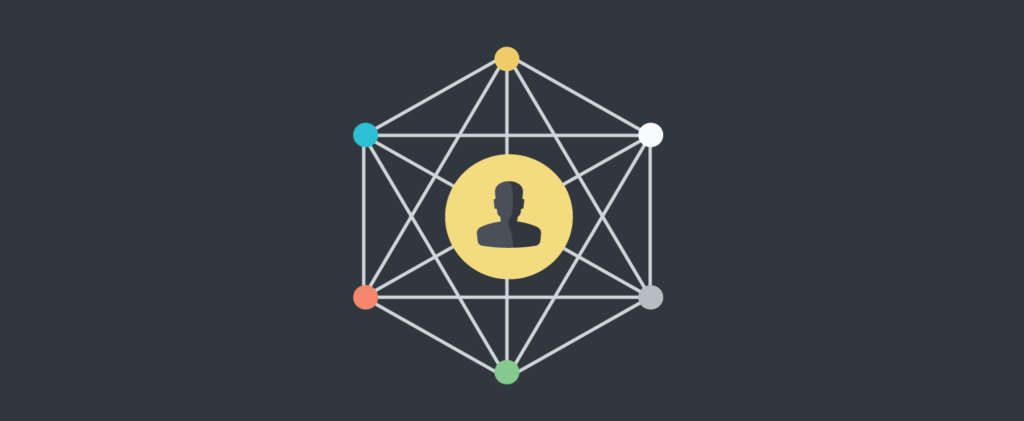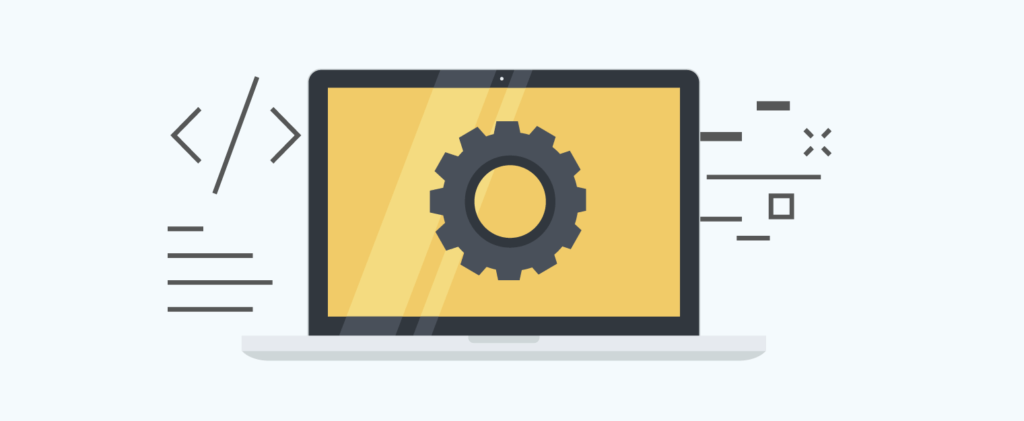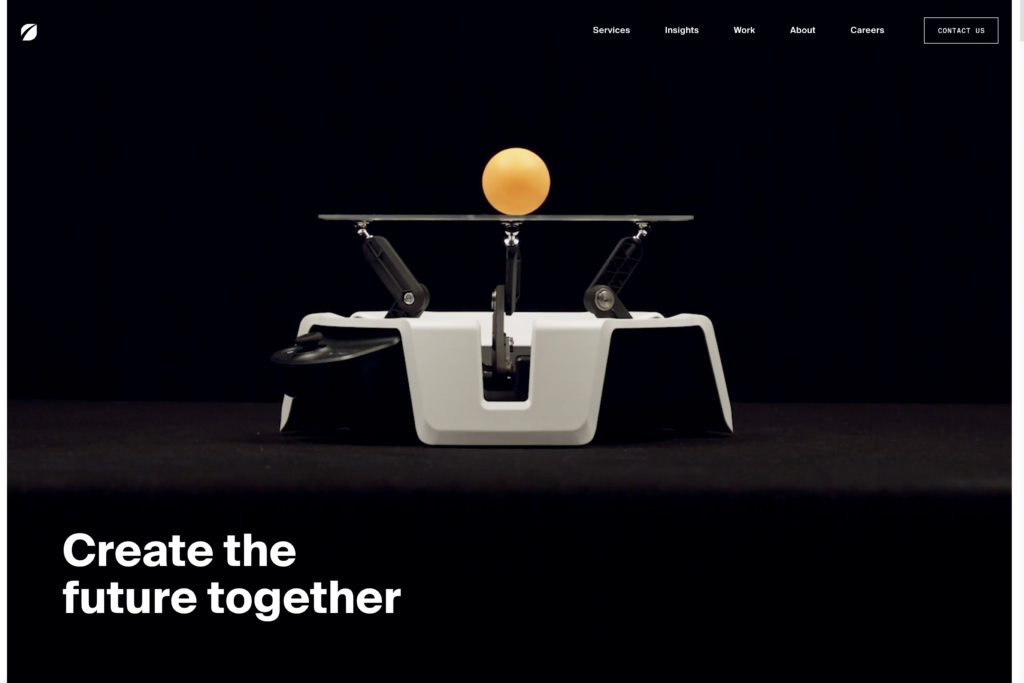Article
UI/UX Principle #49: Understand Business, User, and Technology Perspectives Up Front

Designing with empathy starts with understanding the people who will use the end product.
When you’re building a website or application, it’s amazing what you can learn when you spend a little time talking to the real end users, the business stakeholders, and the technology team to be mindful of constraints.
From any one meeting though, you might get only 1-2 perspectives, but not all three. To truly address the needs and goals of digital projects holistically, the process of addressing the business perspective, design perspective, and technology perspective should be unified.
Develop your holistic understanding by learning about the:
Business perspective
- What makes money? What doesn’t?
- Where the business is going? How is it changing?
- What insights do stakeholders have of the core users?
Not listening to the business – or making changes that don’t work well for the business – could technically hurt or kill the business model. In a worst case scenario, if the company went under, this would result in zero users, thus zero user experience, and zero usability. The business perspective is an important perspective and constraint to understand as it relates to applications and websites. If you can also help the company grow its revenue, it can also offer more to its users.

User perspective
- Who are the users, and what are they trying to accomplish?
- What works well with the existing system? And what doesn’t?
- What needs do users have that aren’t being met?
- What problems are users experiencing?
- What improvements would users like to see?
The User Perspective is where design often has the strongest connection. Sometimes, however, design starts without talking to the real users or really understanding their needs. This can create a disconnect when what business teams think is important and what they want to push forward doesn’t align with what users really care about.

Technology perspective
- What is hard to change? What isn’t?
- What is a big addition? What is small?
- What is/will this be built with?
- What constraints does the existing system have that we should be mindful of?
- What is going to change in the near future?
Technology changes frequently and improvements cost both time and money in varying degrees. Understanding the technology perspective helps you strategically evaluate the effort of changes with a new lens. Moreover, it assures that changes you make or foundation you start with best aligns with the long term.

Examples of How the Multiple Perspectives Apply
How do the perspectives look in the field? These examples should clue you in:
Advertising dependent web application/website: In this case, you have advertisers, the business, and the users. It’s important to marry the needs of the users with the needs of the advertisers so that the business makes money.
Google is the most prominent example. If you push ads too heavily, then users will leave. If you don’t have ads because most users don’t like them, then you lose valuable products like Gmail and Google Drive, products that historically depend on their connection to advertising revenue to survive.
A large education website: An educational institution is often made up of departments that have unique needs. Each department has clear objectives and probably has its own unique understanding of what is working, what is not, and what is needed.
In this example, being cognizant of the unique users is important, but the users are probably very diverse–students, teachers, and the broader institution probably all have important perspective. Moreover, legacy or broader technology frameworks being utilized campus-wide might bring a host of design constraints and opportunities.
A healthcare company: We recently heard from business stakeholders that the most important thing in their healthcare operations was that they are efficient. They believed their systems were already fast and met the needs of their employees.
However, when we sat down and observed use of the systems in context of day-to-day work, it revealed a different reality. There were myriad examples where systems weren’t efficient for hundreds of employees. Talking to developers and understanding the efforts to improve inefficiencies gave us the necessary technical perspective to evaluate the benefits of updates. When we learned that over a hundred employees used the system, the ROI became clear to all parties involved.
At Fresh, we like to see things in a multidimensional approach and bring a holistic approach, sometimes involving various team members representing business, technology, and design alike to assure each perspective is represented.
Once you’ve gathered these perspective, you’re well prepared with the problems and opportunities to jump into some project work or lead further discovery.
The Independent/Outside Expert Perspective: Comprehending and Bolstering the Business, Design, and Technology Perspectives
Sometimes it’s hard to get all 3 perspectives without politics shaping a decision. That is where an independent team or expert perspective, made independent of the other three, may come in handy. This 4th dimension can be added to assure perspectives are truly considered and further refine the problems and opportunities. One team might not have enough developers or enough technical expertise or might not have enough cutting-edge UX practices that play into solid digital product strategy…and that’s where an independent team like Fresh can help fill some gaps.
As leaders in both UX design, technical development, and digital business, there are going to be opportunities for improvement that we bring to the table. But regardless of whether an independent team is needed, the key lies in first understanding all three perspectives early on to significantly improve the product or website and avoid a lot of unnecessary rework later on. After all, “digital”, is truly part technical, part business, and part creative.









